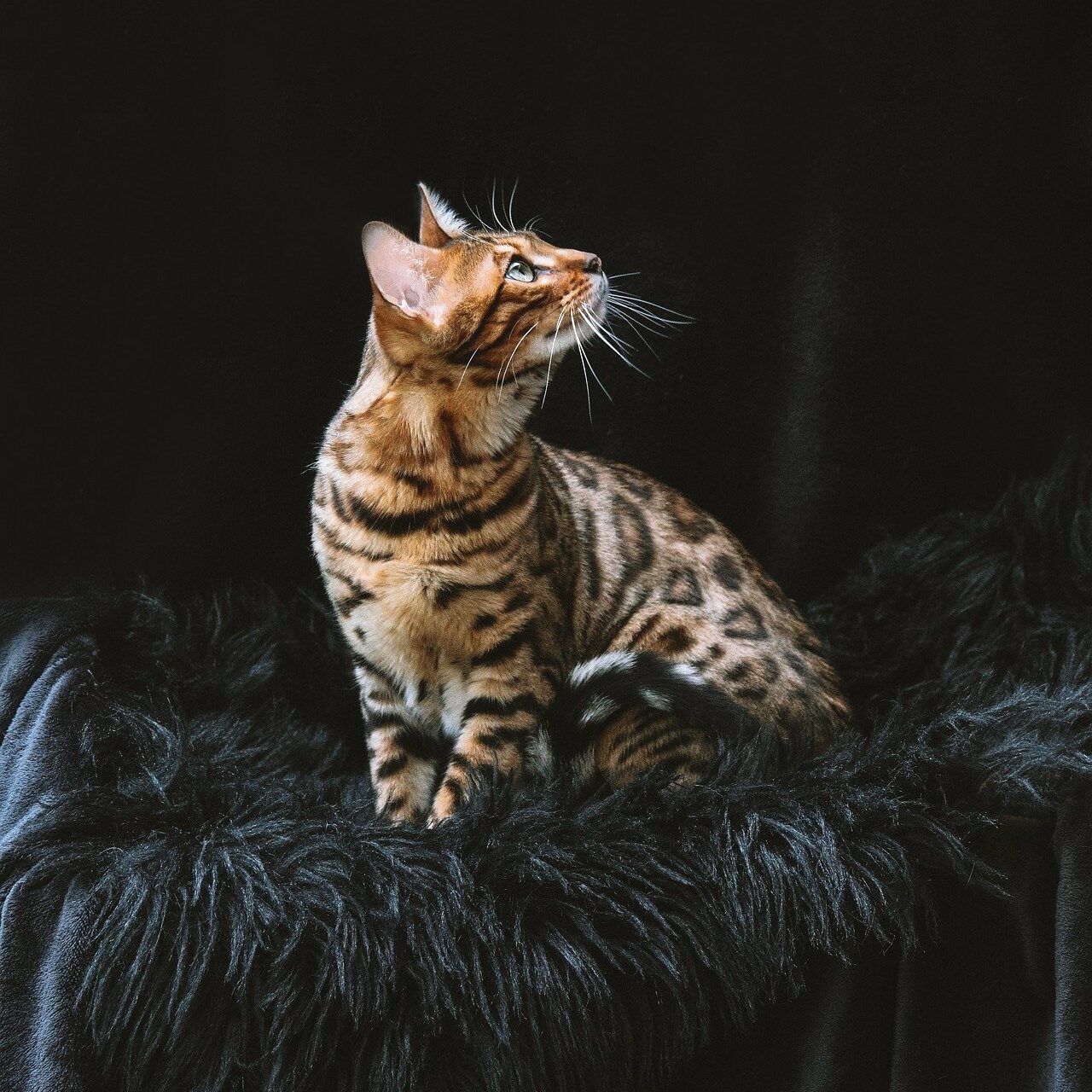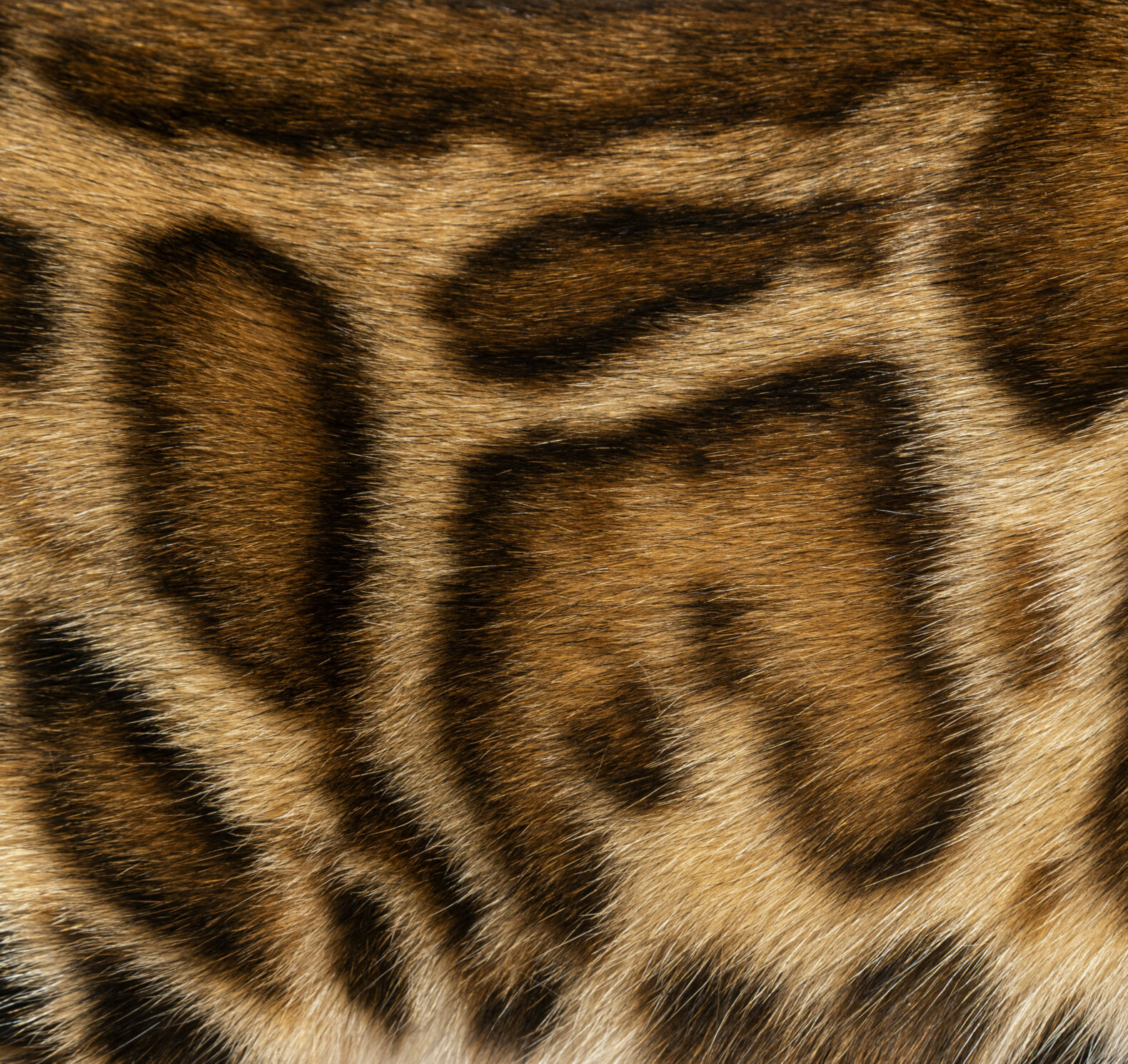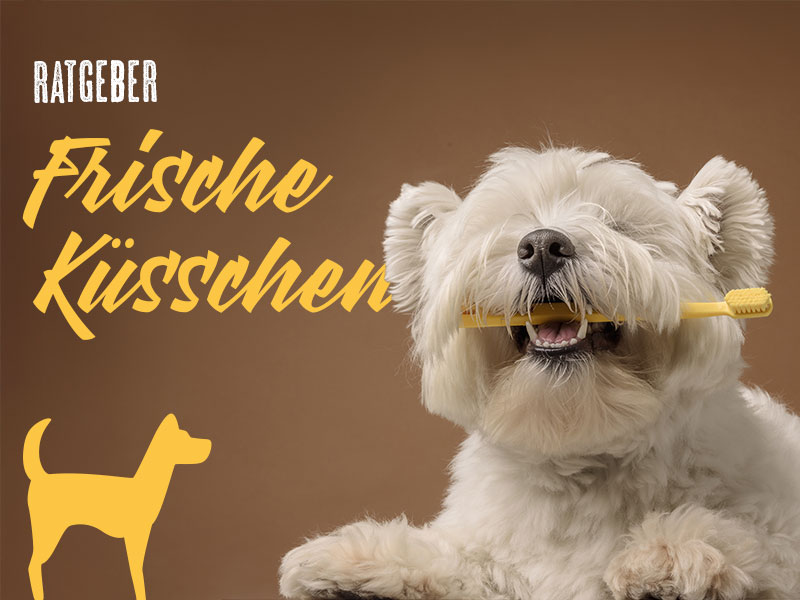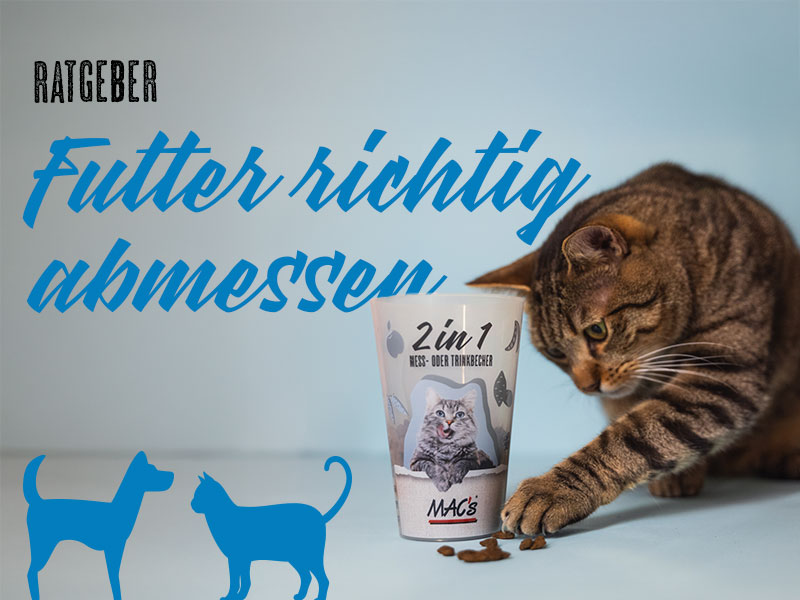Merkmale der Bengalkatze im Überblick:
- Sehr aktiv und verspielt
- Miaut viel
- Menschenbezogen und anhänglich
- Freigänger
- Unkomplizierte Fellpflege
- Sehr intelligent

Charakter der Bengalkatze
Eine entspannte, ruhige Bengalkatze ist definitiv die Ausnahme. Denn die kleinen Leoparden haben in der Regel eine Menge Energie, brauchen sehr viel Beschäftigung und Aufmerksamkeit – und natürlich viele Klettermöglichkeiten. Das teilen sie ihren Zweibeinern auch deutlich mit, denn Bengalkatzen sind sehr kommunikativ und menschenbezogen. Auch Kuscheln steht für die Bengale auf dem Tagesprogramm: der Kontakt zu ihren Menschen ist ihr wichtig. Gerade deshalb möchten sie nicht zu lange alleine gelassen werden. Insgesamt sind die kleinen Wildfänge sehr temperamentvoll und geben zuhause den Ton an: andere Artgenossen haben sich ihnen unterzuordnen.
Haltung der bengalkatze
Ideal für die Bengalkatze ist ein Zuhause mit der Möglichkeit zum Freigang. Die neugierigen Katzen sind sehr aktiv, deshalb stellt ihre Auslastung oftmals eine Herausforderung dar. Doch nicht nur ihr Körper muss ausgepowert, auch ihr Verstand sollte ausreichend gefördert werden. Dazu eignet sich Intelligenzspielzeug wie ein Fummelbrett oder ein Futterlabyrinth. Diese fördern die Konzentration der Katze und sie muss mithilfe ihrer Sinne herausfinden, wie sie an das Futter gelangen kann. Die meisten Bengalkatzen sind intelligent, aufmerksam und lernwillig. Deshalb sind sie auch oft bereit, gemeinsam mit ihren Menschen Tricks zu lernen: Apportieren und Clickern fordern das Köpfchen und lasten die Bengale zusätzlich aus.
Mindestens genauso wichtig ist, dass die Bengal sich mit anderen Katzen beschäftigen kann. Sie ist sehr gesellig und liebt es, mit ihren Artgenossen zu spielen. Deshalb sollte eine Bengalkatze nie alleine gehalten werden.
Viel Unterstützung bei der Fellpflege braucht die Bengal nicht, denn sie ist sehr reinlich und kümmert sich gut selbst darum, ihr kurzes und dichtes Fell sauberzuhalten. Widmet sich die Bengalkatze gerade nicht ihrem Spielzeug oder der Fellpflege, klettert sie gerne durch die Wohnung und sucht nach dem nächsten Zeitvertreib. Dabei kann sie schnell auf dumme Ideen kommen, worunter Möbel und Tapete leiden müssen. In solchen Fällen braucht die Katze dringend mehr Beschäftigung oder Freigang. Generell ist die Bengal keine Wohnungskatze.
Um ihrem hohen Jagd- und Erkundungsdrang nachkommen zu können, benötigt sie regelmäßigen Ausgang. Ist ein gesicherter oder ungesicherter Freigang keine Möglichkeit, so kann die Bengalkatze auch sehr gut an eine Leine gewöhnt werden. Regelmäßige Spaziergänge bilden dann den perfekten Ausgleich für die aktive Samtpfote.
Geschichte der bengalkatze
Das Aussehen und Temperament einer Wildkatze, die Anhänglichkeit und Verspieltheit einer Hauskatze – genau das war das Ziel der Genetiker, die 1963 die Asiatische Leopardenkatze mit einer schwarzen Hauskatze vereinten. Die Einkreuzung von Burmese und Siamkatze führte letztendlich zur vollendeten Hybridkatze: die Bengal. Ihr wilder Vorfahre hat ihr einige Eigenschaften hinterlassen. Dazu gehört die auffällige Fellmusterung, mit der sich die Bengalkatze auf Anhieb identifizieren lässt. Und eben diese macht sie zu einer beliebten und meist teuren Rassekatze. Gerne wird sie betitelt als „kleiner Leopard für Zuhause“.

Doch nicht nur ihr Aussehen, auch die noch deutlich erkennbaren Verhaltensmuster ihres Vorfahren tragen zu diesem Titel bei. Bengalkatzen lieben die Natur und das Wasser, sie sind perfekte Jäger und extrem scharfsinnig. Zudem besitzen sie eine große Sprungkraft, welche sie auch regelmäßig austesten.




